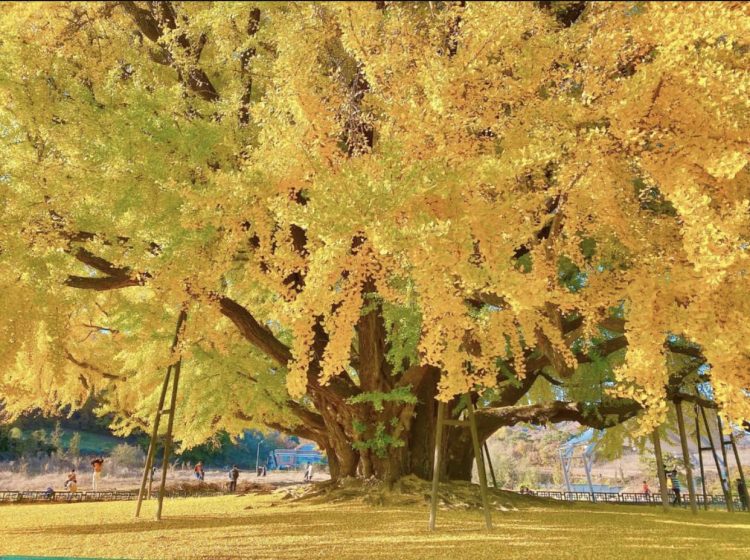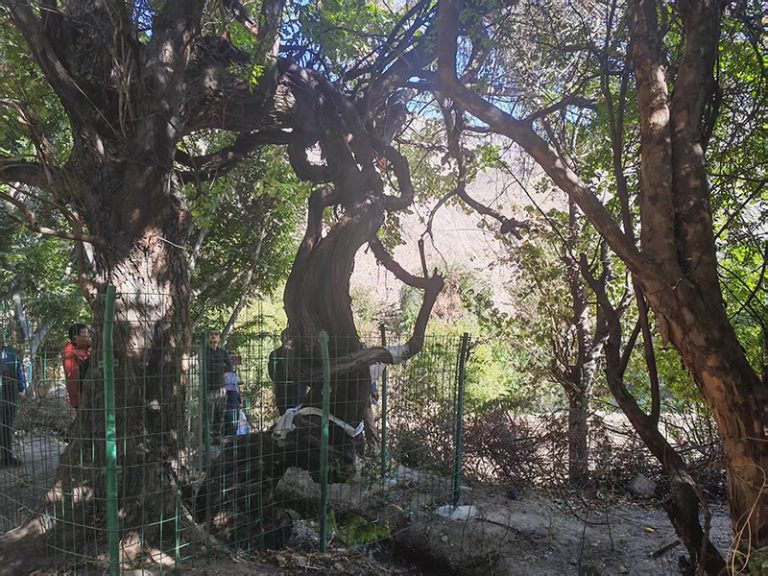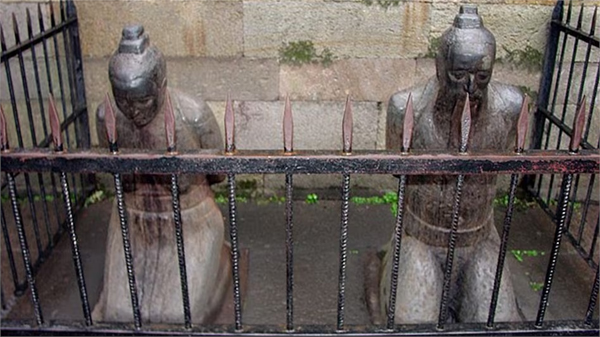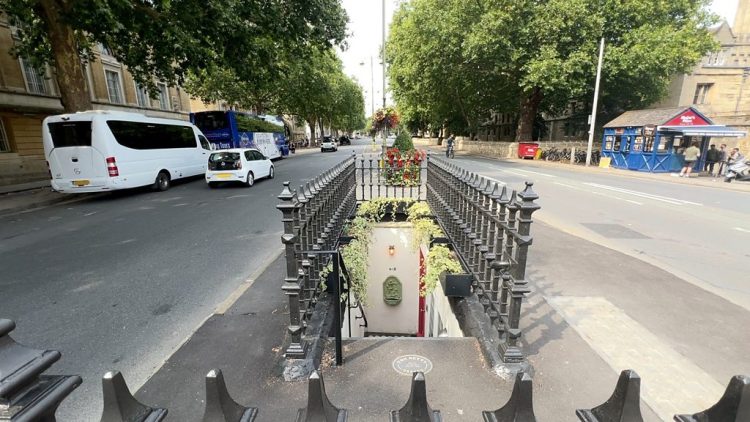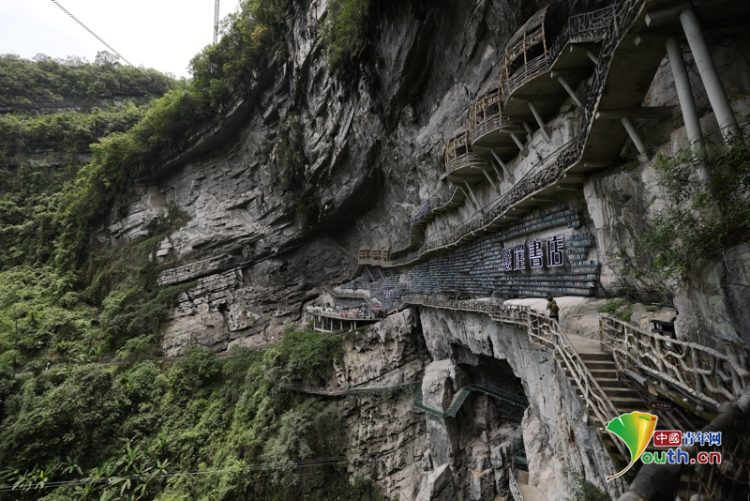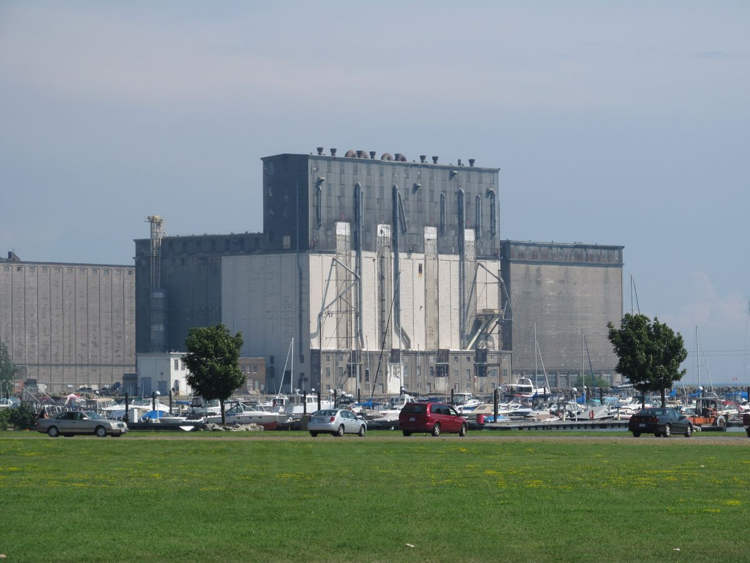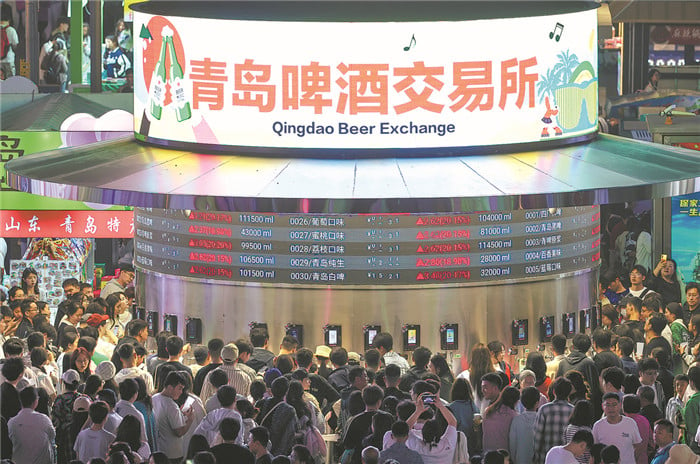Every year, in late autumn, thousands of people flock to Bangye–ri, a village in Gyeongsang, South Korea, to witness the beauty of a majestic 860-year-old ginkgo biloba tree.
The secular Wonju Bangye-ri Ginkgo Tree is a national monument of South Korea famous for its impressive crown which currently covers a perimeter of around 17 meters. At around 32 meters tall (104ft), it is not even the Asian country’s tallest ginkgo tree, but the way its branches are spread out makes it one of the most visually impressive trees on Earth. In South Korea, the Bangye-ri Ginkgo Tree is often called the world’s most beautiful tree.
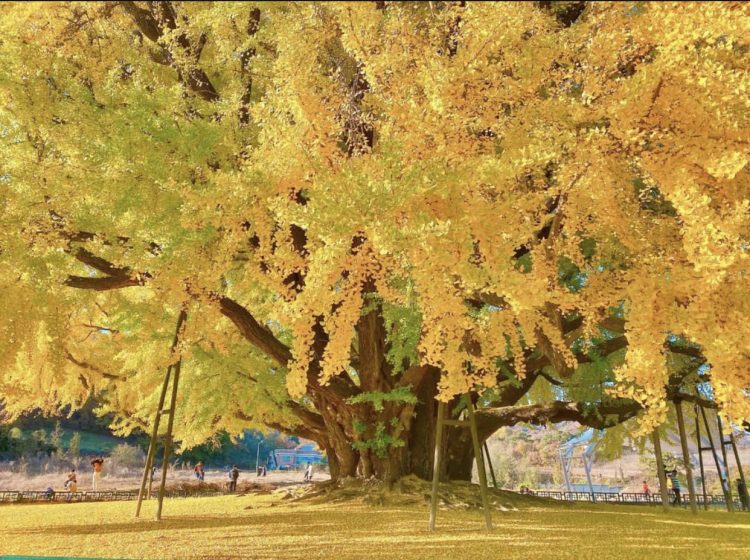
Photo: Korea Tourism Organisation (Kim Hyeon-jin)
Interestingly, South Korea’s most beautiful tree reached its peak popularity during the Covid-19 pandemic, as part of what some experts called the “Covid-era travel trend.” Families started traveling to outdoor attractions in their own cars in order to minimize contact with strangers.
“Due to the pandemic, a small number of people such as couples or families making a simple trip to outdoor spots in nature has become the trend,” Professor Lee Hoon of Hanyang University’s School of Tourism told the Korea JoongAng Daily. “Especially in cars, where they don’t have to be in close contact with strangers.”
“This village used to be quiet before the Covid-19 pandemic, but visitors tripled last year, then quadrupled this year,” Chae Beom-sik, the head of Bangye-ri village, said in 2021. “An average of 4,000 people visit a day, whether it’s a weekday or the weekend. There are no restaurants around, and the nearest convenience store is 1.5 kilometers away, but people swarm in for the beauty of this tree alone.”
The Covid-19 pandemic may be behind us now, but the popularity of the Bangye-ri Ginkgo Tree remains high. These days, as the tree sheds its yellow foliage, creating a natural carpet dozens of meters around it, thousands of people flock to Bangye-ri to witness the magic first-hand.
Ginkgo trees are very popular tourist attractions outside of South Korea as well. For example, a few years back, we wrote about the famous ginkgo tree of the Gu Guanyin Buddhist temple in the Zhongnan Mountains of China’s Shaanxi Province.

